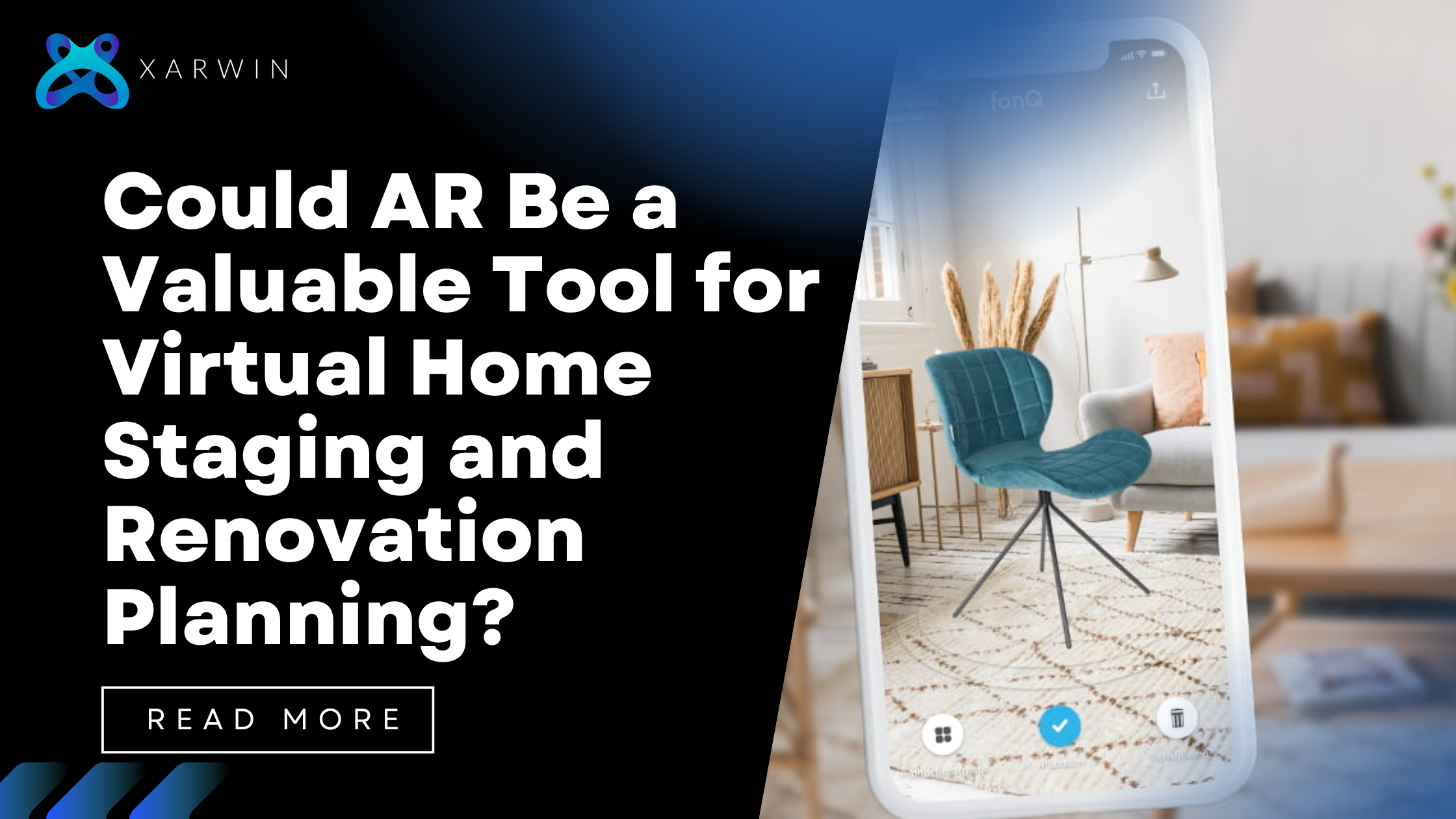In this blog, we will delve into the various possibilities of Augmented Reality in e-commerce and study how it contributes to the reduction of product return rates.
In the past year, American consumers returned goods amounting to a staggering $761 billion, constituting almost 17% of total retail sales, as reported by NRF. In e-commerce, where the option of trying before purchasing is often absent, return rates can go up to 20% easily.
On the contrary, here is how organizations and businesses have benefited from using AR for e-commerce:
- Shopify reports a notable 40% decrease in returns, thanks to 3D visualization.
- SeekXR highlights a striking 25% reduction in returns through its reported data.
- Build.com emphasizes the usefulness of Augmented Reality, revealing that AR-assisted shoppers return 22% fewer items compared to those who do not use AR features.
Identifying the reasons for product returns:
1. Product Immersion
Discrepancies between customer expectations and the actual product are one of the main causes of returns, and AR can help you fix that. AR eases the online shopping experience by letting users view products in their own space, which lowers the possibility of customer dissatisfaction after delivery.
Imagine your customer ordering a black dress online, but when the order arrives, it turns out to be faded and dull. AR makes the showcase of products look the same as the actual product, giving customers a realistic idea of what they will receive.
2. Size and Fit
An important factor contributing to returns in the fashion industry is the discrepancy in sizes between expected and actual. This issue can be resolved by using Augmented Reality, which lets users virtually try on goods to ensure proper fit and sizing. This lowers the chances of returns while also growing consumer trust in the online shopping experience.
Try before you buy allows you to see how clothes look on you, with no sizing and fit issues. Never worry about getting the wrong size again!
3. Interactive Product Exhibitions
Ever wished you could spin around and look at a piece of product before you got it? AR enables interactive product demonstrations, beating the limitations of motionless and boring images. Consumers can better grasp a product’s capabilities by exploring its features and functionalities in a virtual world. This extent of involvement aids in controlling customer expectations, which leads to better-informed purchases and fewer returns brought on by unhappiness and dissatisfaction.
How to Reduce Product Returns?
1. Include Augmented Reality in the Shopping Experience.
It’s essential for e-commerce companies to smoothly incorporate 3D visualization features into their platforms to fully benefit from AR. This can either be creating mobile apps with augmented reality capabilities or adding augmented reality tools straight to the website. Customers will be encouraged to explore these features if the interface is easy to use and there are clear instructions on how to use the AR features.
2. Inform and Involve Clients
AR has the potential to be a very useful tool, but its success depends on consumer acceptance and awareness. Customers should be actively informed by e-commerce companies about the availability and advantages of Augmented Reality features. Tutorials, pop-ups, and interesting content that emphasizes the benefits of utilizing AR for a more pleasurable shopping experience can drastically reduce product returns.
3. Enhance AR Capabilities
AR’s capabilities are bound to progress along with technology. E-commerce companies should keep up with the most recent advancements and consistently improve their augmented reality features. Investing in state-of-the-art augmented reality technology guarantees that consumers have the most realistic and engaging shopping experience, which further lowers the likelihood of returns.
Final Thoughts
In conclusion, the way that augmented reality is incorporated into the e-commerce space has the potential to completely change how consumers make online purchases. AR can greatly aid in lowering the number of product returns by addressing common issues like size disparities, product visualization, and lack of interaction.
Using AR technology to enrich the shopping experience is becoming a smart strategy for online retailers looking to surpass their customer’s expectations and lead the competition. Looking ahead, the combination of e-commerce and augmented reality has the potential to change the course of online retail.
As a trailblazer in augmented reality (AR), Xarwin combines innovation with a user-centric approach to redefine industry standards. Its team of expert engineers, designers, and strategists excels in crafting immersive AR experiences across various sectors. With each project, the company not only meets current demands but also shapes future trends, establishing itself as a leading force in the AR landscape.





